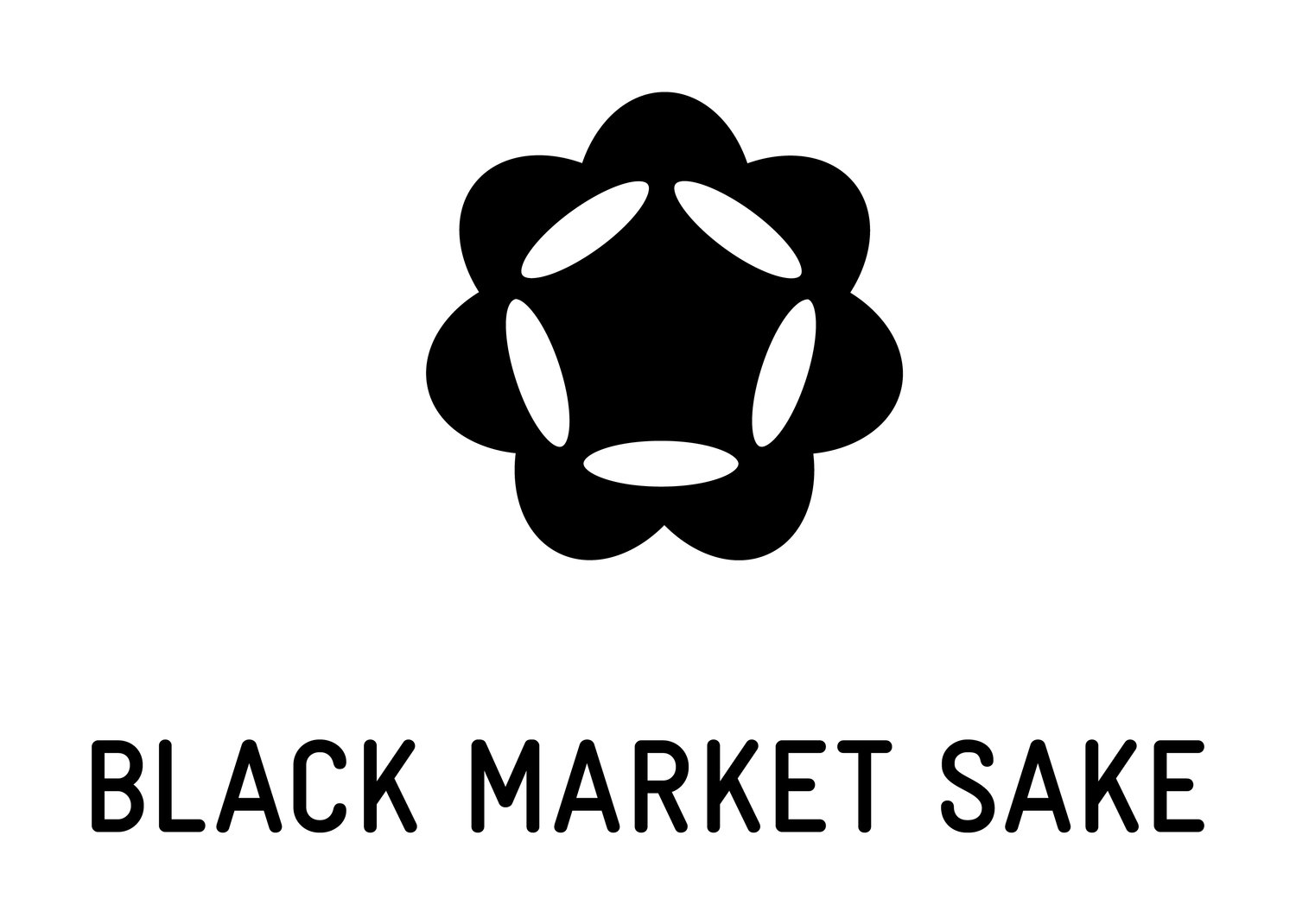INOUE HONTEN
NARA
Founded in 1864, Inoue Honten are 6th generation Soy Sauce producers. Since 1970 they started shifting towards traditional methods, using only whole soy beans and not using any additives.
What they care about when making their Shoyu: Make delicious shoyu, Japan’s unique seasoning. and pass onto the next generation the tradition of this wonderful product.
Inoue Honten’s Production Process
Whole Soybean from Hokkaido are soaked in water for 5 hours, then it is boiled and steamed for 5 more hours.
Wheat parching - wheat from Hokkaido is parched using an iron pan over a wood fire for half a day.
Mixing - the Soybean, wheat and koji-kin (Aspergillus Oryzae) are mixed together by hand.
Cultivation in the Koji room - The mixture of Soybean, Wheat and Koji is monitored every morning and evening in the Koji room, continuously adjusting and moving the ‘Koji-buta’ (wooden pallets) by hand. This process is completely natural so things like temperature, humidity etc is not controlled. This policy of ‘Natural brewing’ and ‘No additives’ is the core of their philosophy.
Mixing - the completed Koji is placed into an ‘Oke’ (Wooden tank) with salt water.
Fermentation by nature - It takes two summers to complete the fermentation. Everyday the ‘Moromi’ (main fermentation tank) is stirred and mixed by hand to ensure a consistent fermentation.
Extraction by gravity - The ‘Moromi’ is put into small bags and arranged in layers. This natural weight begins to extract the raw Soy Sauce and takes about half a day. After half a day stone weights are added and the extraction continues at a slow pace for another day. This slow extraction process preserves the flavour of the Soybean itself.
Boiling - the raw Soy Sauce is brought to 85C over a wood fire. This eliminates any active yeasts that may still be present.
Filtration - the Soy Sauce is then filtered to remove any fine particles.
Facts about Soy Sauce (Shoyu)
Most Soy Sauce today is produced by automation. The base ingredient is Soybean meal (the leftover after oil production), which is much cheaper to buy than whole Soybeans. In Japan currently there are around 1400 producers of Soy Sauce, but only around 400 have production facilities of their own, the majority are blenders and packers. Five main companies are responsible for over half of all Soy Sauce production in Japan.
Of all Soy Sauce produced in Japan 80% is from Soybean meal and 20% from whole Soybean. Of that 20% whole Soybean, 80% is sourced from overseas (Canada, US) and 20% is sourced domestically in Japan. Thus only 4% of Soy Sauce is the classic product made from Japanese grown Soybean.


